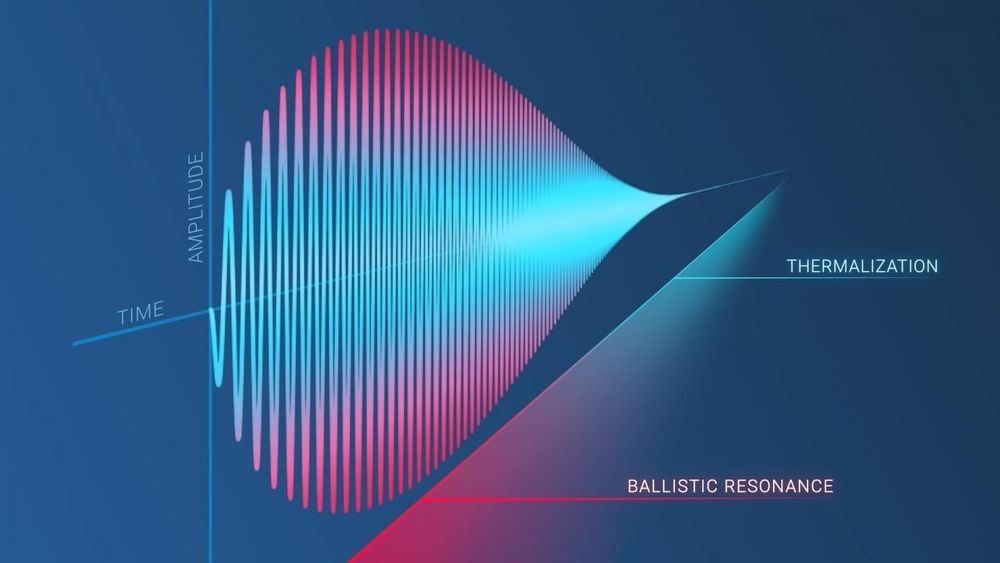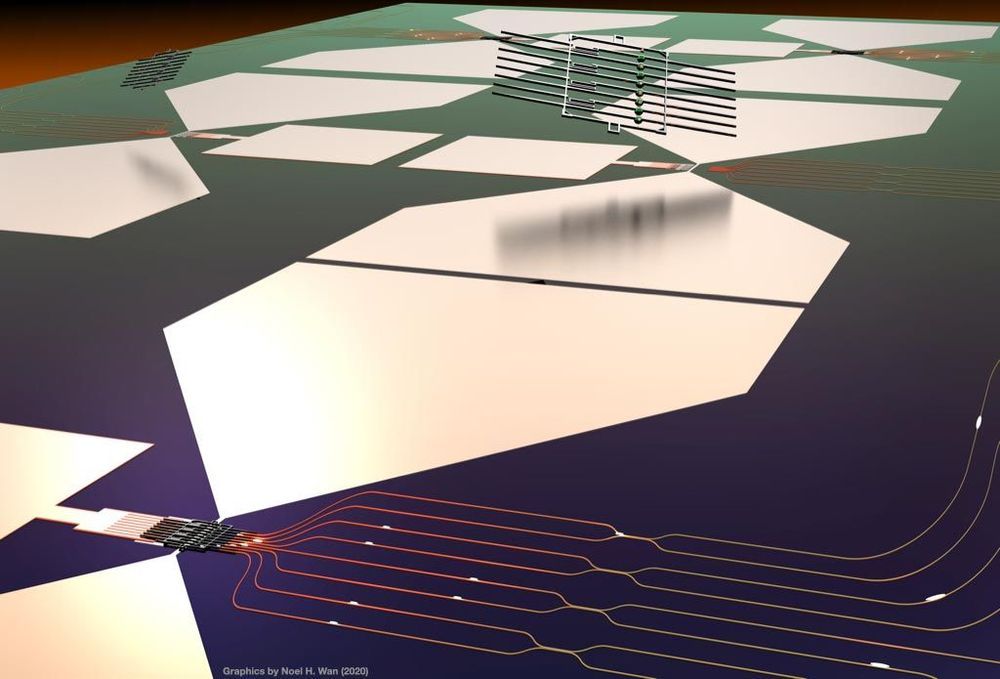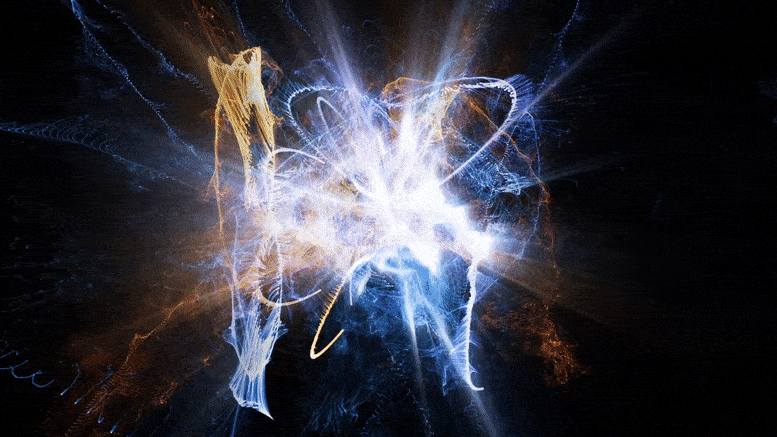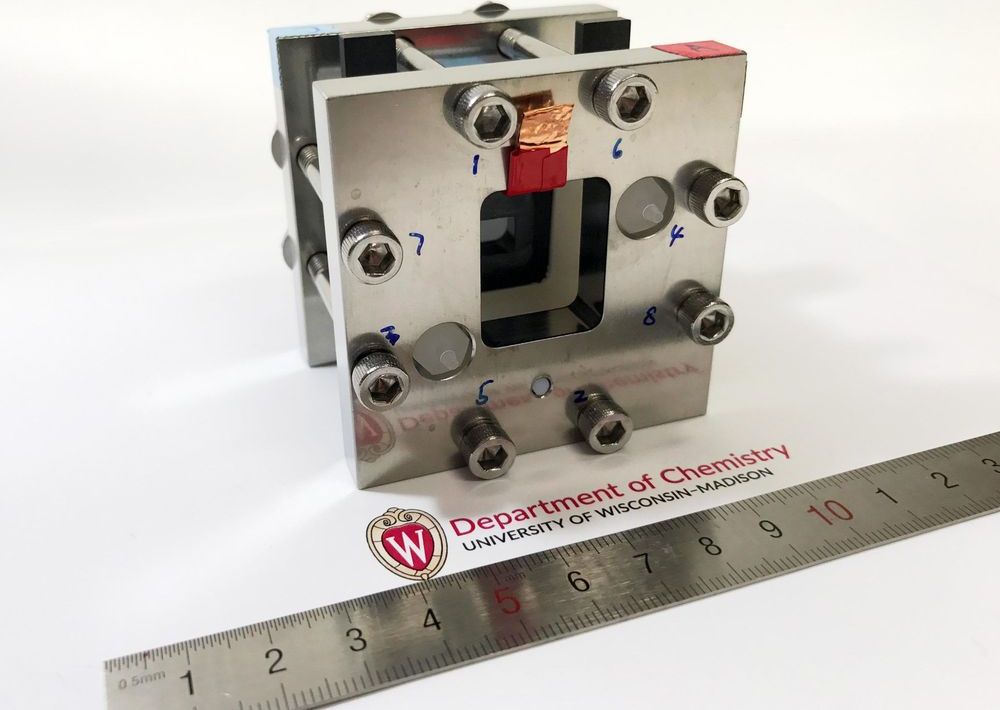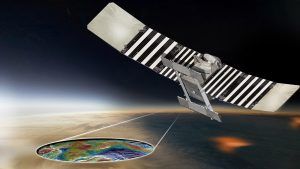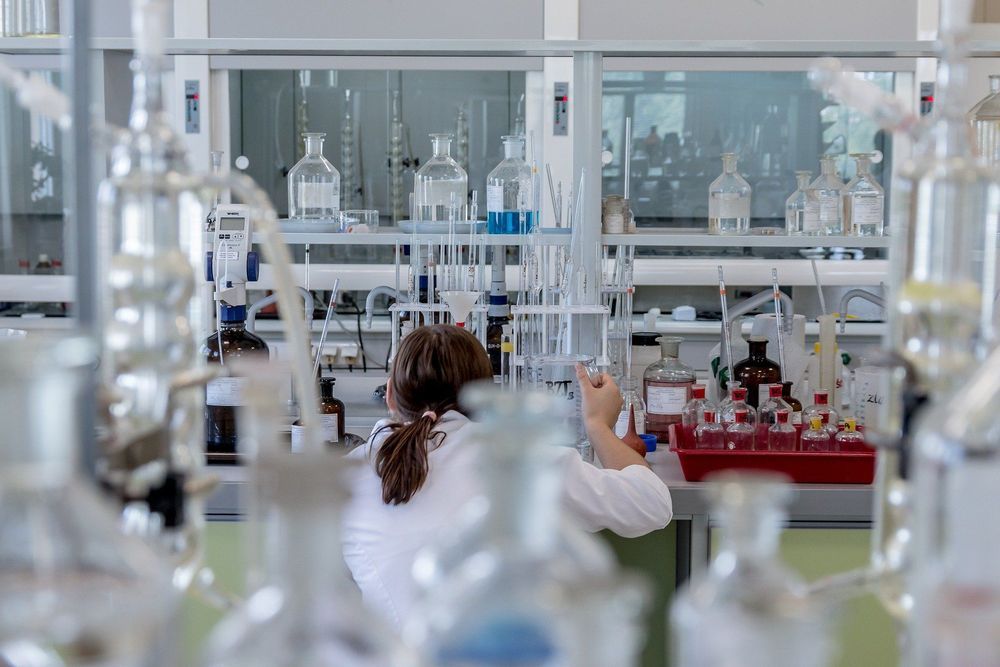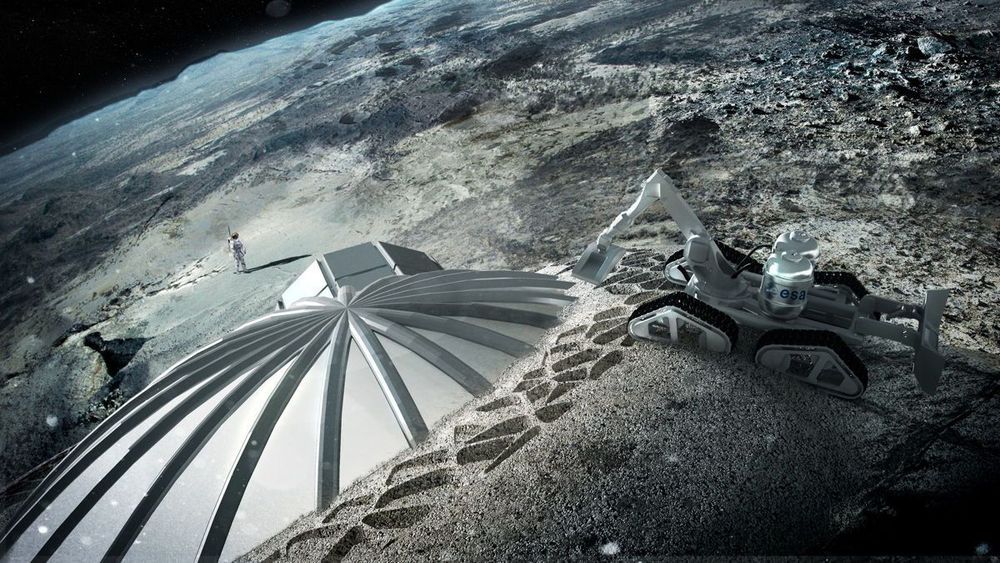Jul 13, 2020
Russian scientists have discovered a new physical paradox
Posted by Genevieve Klien in category: futurism
Researchers from the Peter the Great St. Petersburg Polytechnic University (SPbPU) discovered and theoretically explained a new physical effect: amplitude of mechanical vibrations can grow without external influence. Besides, the scientific group offered their explanation on how to eliminate the Fermi-Pasta-Ulam-Tsingou paradox.
The scientists of SPbPU explained it using a simple example: to rock the swing, you have to keep pushing it. It is generally believed that it is impossible to achieve oscillatory resonance without constant external influence.
However, the scientific group of the Higher School of Theoretical Mechanics, Institute of Applied Mathematics and Mechanics SPbPU discovered a new physical phenomenon of “ballistic resonance”, where mechanical oscillations can be excited only due to internal thermal resources of the system.
